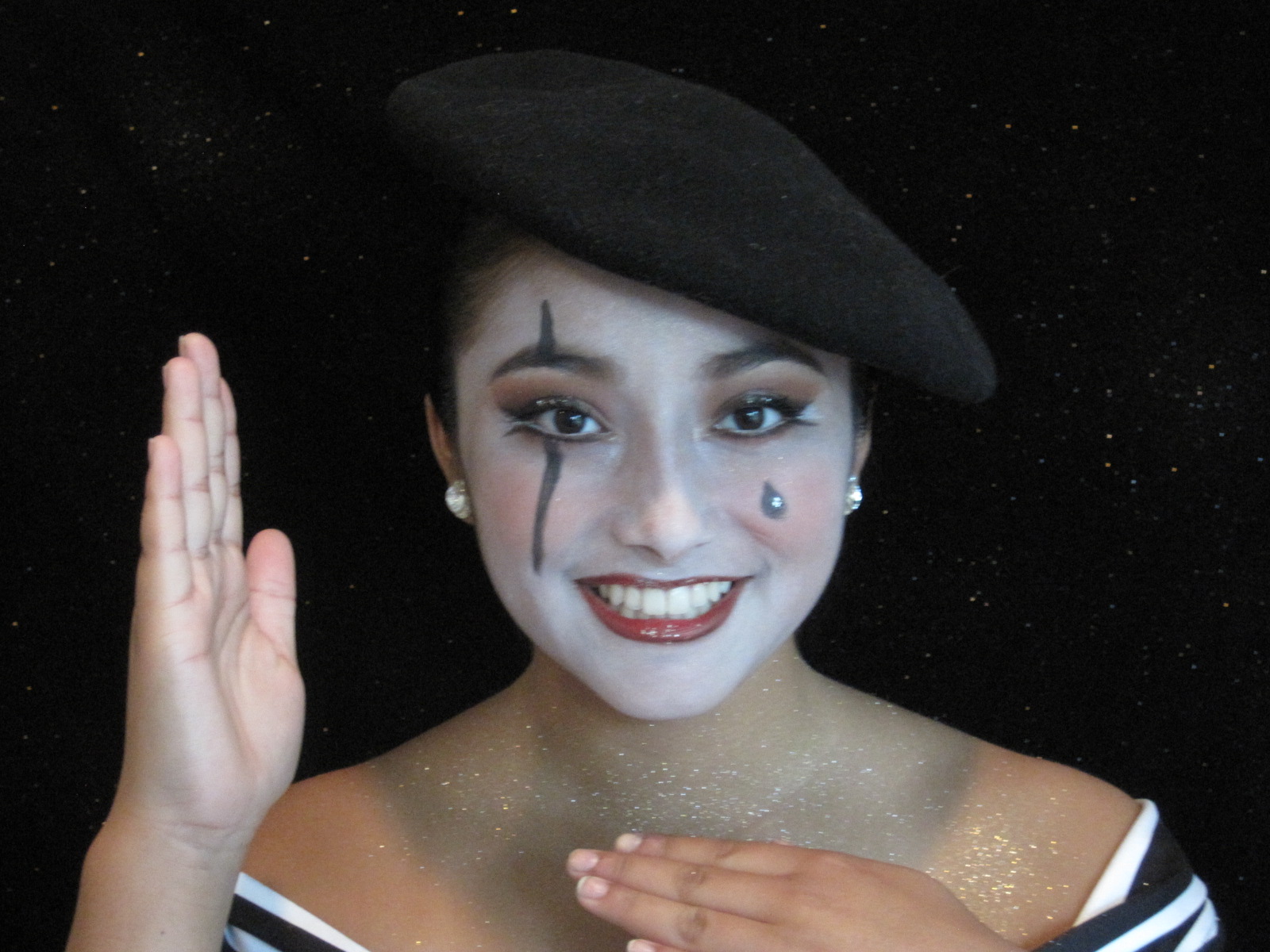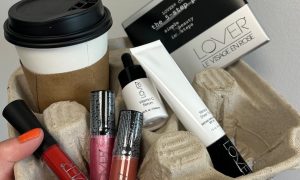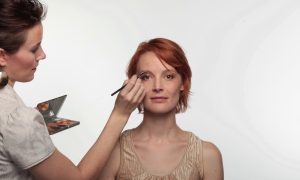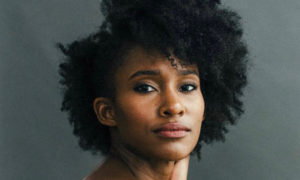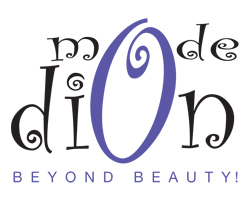 Mimes painting the face white originated from stage shows dating back as far as 467 BC. This form of entertainment used gestures, mimics and dance, not words, to communicate and entertain. The purpose of the white face was to help the audience be able to see the performer from far away. The designs on the face helped bring the character to life and express emotion without words. For example, the tear drop in reference to saddness. Comedy arose from mime theater as well as satire. It is said that the first origin of show dancing, was a slow rhythmical song accompanied by the distinct movements and phases of dance mime.
Mimes painting the face white originated from stage shows dating back as far as 467 BC. This form of entertainment used gestures, mimics and dance, not words, to communicate and entertain. The purpose of the white face was to help the audience be able to see the performer from far away. The designs on the face helped bring the character to life and express emotion without words. For example, the tear drop in reference to saddness. Comedy arose from mime theater as well as satire. It is said that the first origin of show dancing, was a slow rhythmical song accompanied by the distinct movements and phases of dance mime.
The Athenians (sixth century B.C.) were the first people to introduce stage dancing with drama. The oldest of these dance dramas was called the “Delian Dance of the Labyrinth”, or the “Flight of the Cranes,” and was said to have been introduced by Theseus, King of Athens. These stage dances were the earliest representations of the Pantomime version of mime which has since been brought to such great perfection thru the ballet stage. Charlie Chaplin sprung from this art. Most cultures have some form or variation of the Pantomime in their history.
The Harlequin is characterized by his checkered costume. This character originated from an Itallian performance troup in the 16th century and became very popular in England and France. The character Harlequin was a light-hearted, nimble servant often acting to thwart the plans of his master. His main interrest was to win the love of Columbina, with wit and resourcefulness, often competing with the sterner and more melancholy Pierrot. Harlequin was a bit devious therefore sometimes depicted with a mask. Many villain characters later used this prop for drama. Without his mask he was often shown with a tear as he wept for Columbina.
These easy steps will show you how to get the perfect Mime Face for your next recital or performance:
Step 1. Wet White Pigment Paint and using a foundation brush dipped in a little water. Paint face until skin does not show through. Leave eye lids bare.
Step 2. Enhance eyes with matte eye shadows. Use black in outer corner, burgundy tone just above and across crease and cream color just below eyebrow. Create flush and drama with red toned cheek color at the outer eye bone. A little shimmer in the inner eye corner and brow arch will help add dimension to the eyes.
Step 3. Place eyeliner across lid and sweep up at the outer corner. Line across lower lashes and sweep down at the outer corner leaving lines apart. This creates an old fashioned “fishtail effect”. Apply white pencil in between lines to keep eyes looking wide. Using dry burgundy eye shadow, line over and just below lower line to round eyes and create a smokey effect.
Step 4. Apply red cheek color high on cheek rounds to flush.
Step 5. Line lips with a more brown tone lip liner, then lipstick to create a stronger lined lip look. Apply red lipstick over liner to enhance fullness. A smaller “rose bud” lip is often used.
Step 6. Paint a tear drop using the black eye shadow applied with a wet liner brush and fill in. Create reflection by applying glitter glue at reflective point of the tear and add a few glitter sparkles to help the drop look more realistic. Use same black eye shadow to line up from brow and below from center of lower lid down. A little glitter on the lips and at the center of eye lids can add more drama.
This tutorial will demonstrate:
Mode Dion Cosmetics has all the tools you need to get the look: White Pigment Paint, Eye Liner & Foundation Brush, Pro Pallet Eye Shadow Compact, Stage Red Cheek Color, Russet Lip Liner, Stage Red Lipstick, Shimmer Pot, Silver Glitter & Diva Glue. Click here to learn more.
By Christine Dion of Mode Dion.
Photo (top): Christine Dion’s model in Mode Dion Cosmetics mime makeup. Photo courtesy of Christine Dion.


